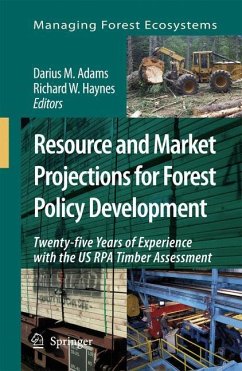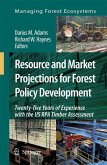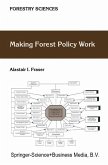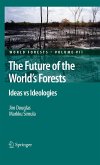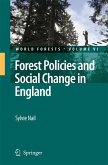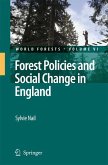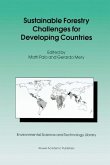Figure 1-1. Post-World War II US assessment history. 1973)weremotivatedbytheemergingcon?ictsinthepost-WorldWar II period between rapidly increasing softwood harvests and declining timber growth. These are called the Outlook Studies. The last six studies (1980, 1985, 1989, 1993, 2000, 2005) have been conducted to meet the requirements of the Forest and Rangeland Renewable Resources Planning Act (RPA) of 1974. These are called the RPA Timber Assessments. 6 The Challenge of Developing Models 1. 2 SHAPING THE ASSESSMENT SYSTEM This initial chapter describes the development and speci?c structure of the Assessment System. We consider past policy analysis needs and federal legislative requirements, antecedent modeling and projection approaches, characteristics of the US forest sector, and recent trends in public and private resource management. At the federal level, and in some states and regions, the USA has a lengthy history of using resource and market models to explore policy issuesand to examine the e?ects of alternative policy actions. Many of these studies have been undertaken on an irregular basis as issues emerged and resource conditions changed. The RPA legislation mandated a regular cycle of nationwide assessments by the Forest Service, examining trends and conditionsinanarrayofresourceusesandservices(climate,minerals, range,recreation,timber,andwater). ThestructureoftheAssessment System re?ects both the requirements of the RPA legislation and the unique characteristics of the US forest sector, which it is designed to simulate. IntheyearssinceenactmentoftheRPAlegislation,mana- ment directions, and objectives on both public and private lands in the USA have continued to evolve. The structure of the Assessment System has been adapted to re?ect these trends.
Bitte wählen Sie Ihr Anliegen aus.
Rechnungen
Retourenschein anfordern
Bestellstatus
Storno

